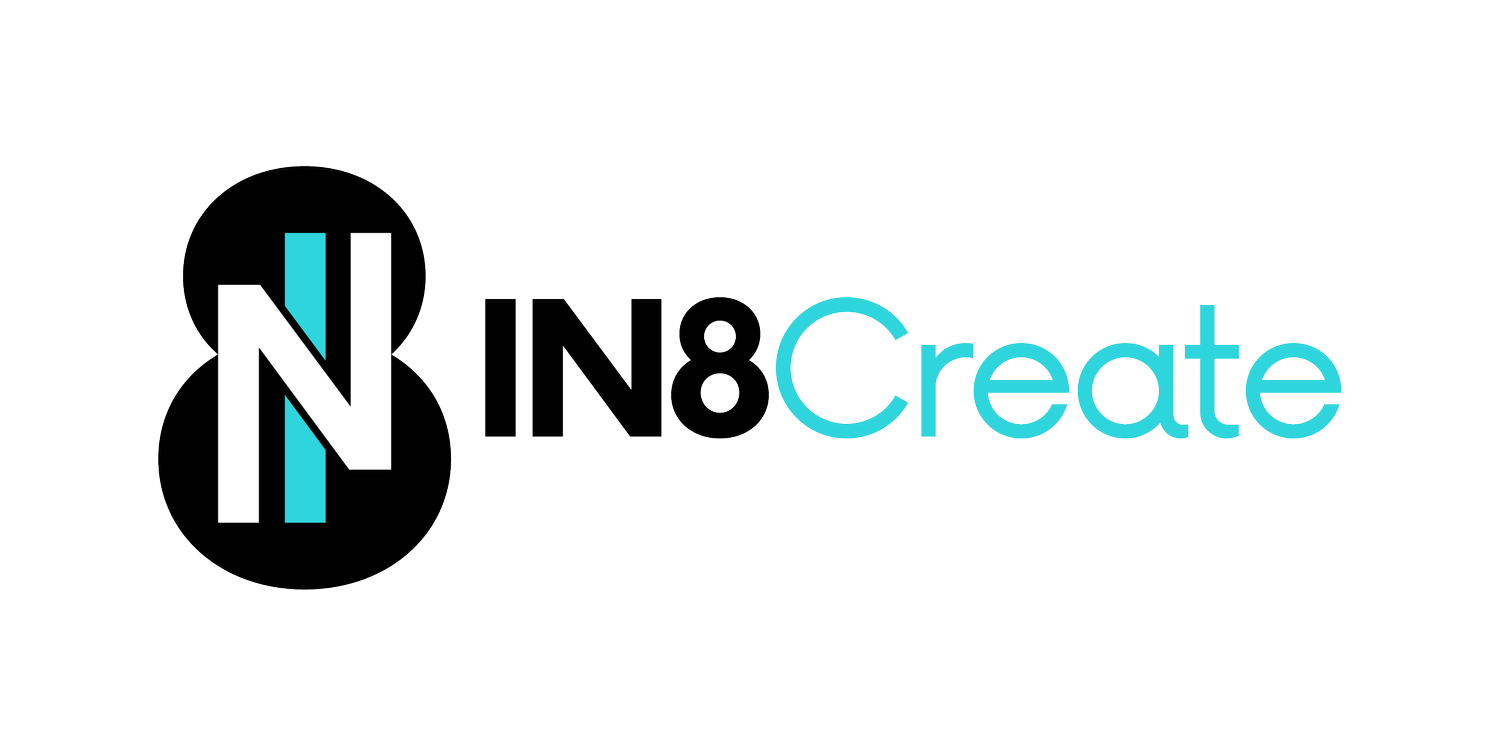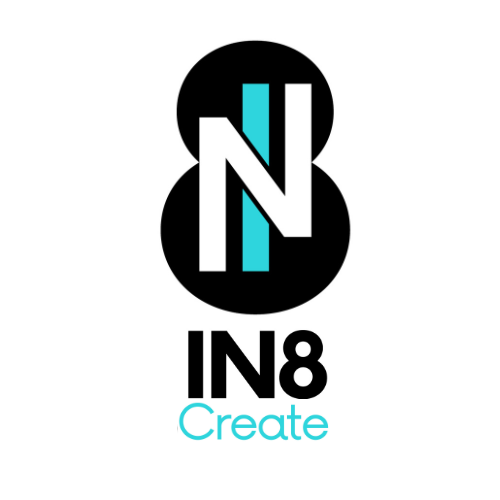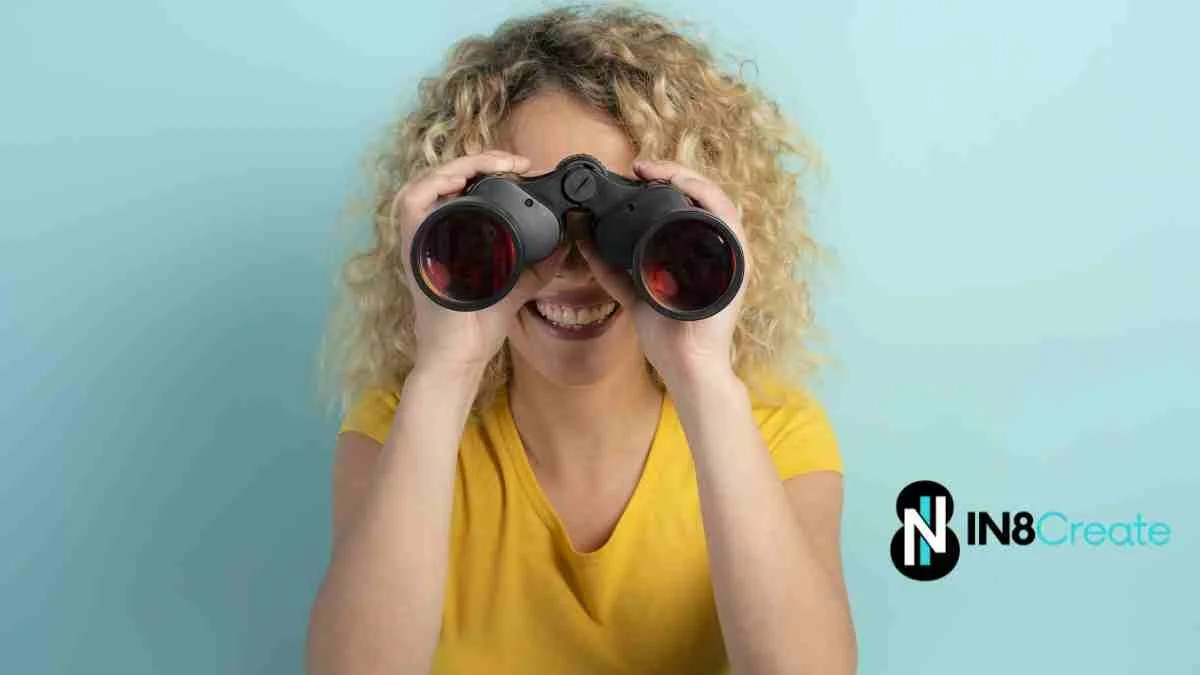The Power of a Spotter in Team Meetings
Unearth Valuable Team Insights
The Power of a Spotter in Team Meetings
In the world of design thinking, the empathy stage involves interviewing end users to uncover deep insights about their needs and experiences. During these interviews, it's common to have one person focused solely on observing body language and verbal cues, as these subtle signals often go unnoticed by the interviewer, who is concentrated on the dialogue. This concept can be incredibly beneficial when applied to team meetings and workshops.
Spotting Hidden Insights in Team Meetings
Imagine your typical team meeting. While the conversation flows, who is staying silent? Who is nodding their head in agreement? Who is crossing their arms in dissent? These non-verbal cues can provide invaluable insights into the team's dynamics and underlying thoughts.
By appointing a “spotter” in your team meetings—someone whose sole responsibility is to observe body language and verbal cues—you can ensure that these often-overlooked signals are captured and addressed in real-time. This role can help unearth key insights and balance the extrovert/introvert equation, ensuring everyone's perspectives are considered.
Practical Steps to Implement a Spotter:
Appoint a Spotter: Choose a team member to observe body language and verbal cues during meetings. This could be a rotating role or assigned to someone with a knack for observation.
Call on Participants: Empower the spotter to call on individuals during the meeting. If someone appears disengaged or hesitant, the spotter can invite them to share their thoughts, ensuring everyone has a voice.
Foster an Open Environment: Encourage the team to be receptive to the spotter's interventions. This helps create a culture where all team members feel valued and heard.
Balance Participation: Use the spotter's real-time insights to ensure balanced participation, giving introverts and less vocal team members an opportunity to contribute.
Some individuals do this instinctively. If you notice someone on your team who naturally observes and interprets non-verbal cues, consider making this role official and encourage their behavior. This approach not only brings more ideas and key thoughts to the table but also promotes a more inclusive and balanced discussion.
Our LEGO Serious Play (LSP) process is excellent at pulling out these ideas and eliminates the need for a spotter. By allowing everyone to share their thoughts in a safe and playful way, LSP makes it easier to express dissenting views and uncover hidden insights. Contact us today to learn more about how LSP can benefit your team!



